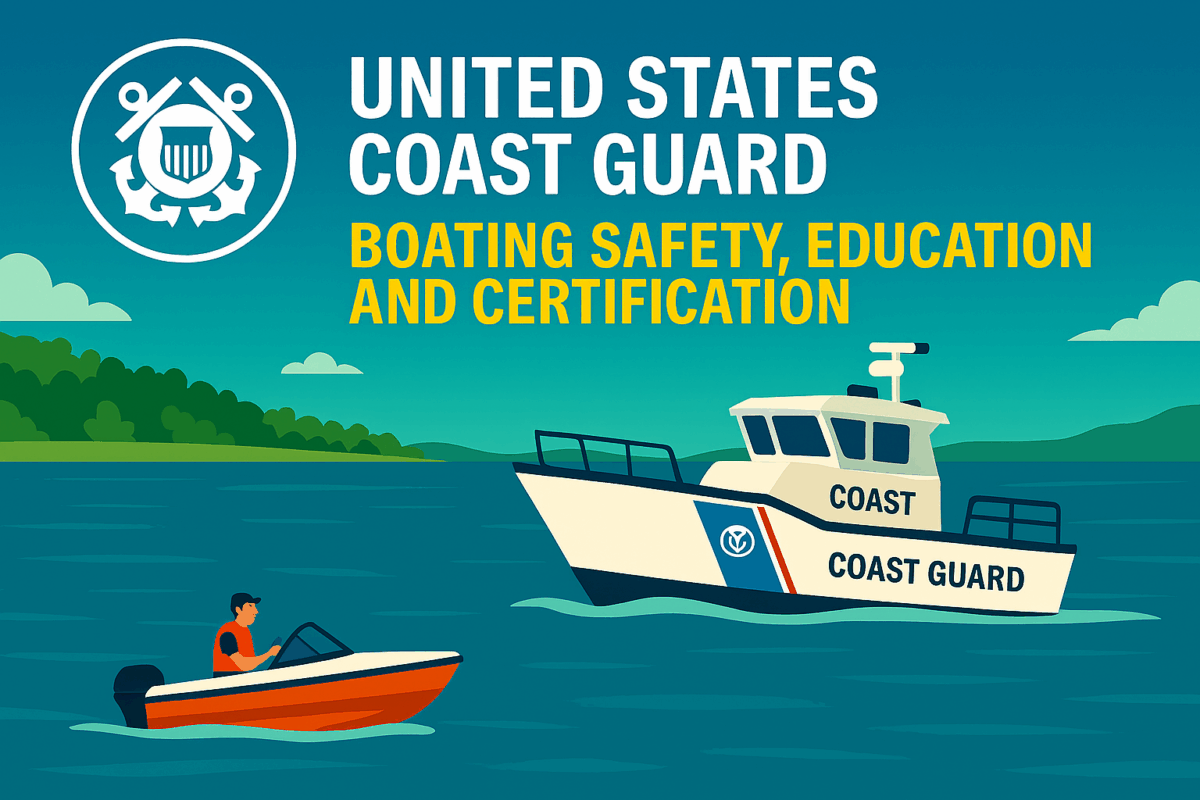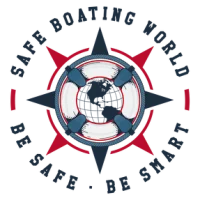Call: 1-800-832-7191

USCG Aids to Navigation
Understanding USCG Aids to Navigation
USCG Aids to Navigation form the backbone of safe maritime travel across U.S. waters. These systems include buoys, lights, beacons, and electronic signals. Because conditions change rapidly, mariners rely on these aids to avoid hazards and maintain safe routes.
The United States Coast Guard (USCG) maintains over 50,000 aids nationwide. These tools guide recreational boaters, commercial vessels, and emergency responders through complex waterways.uscg
Types and Functions of Navigational Aids
Navigational aids serve different purposes depending on their location and design. For example, lateral buoys mark safe passage, while cardinal buoys indicate danger zones. Additionally, lighted aids help vessels navigate at night or during low visibility.
The USCG uses visual, audible, and electronic aids. Lights, fog signals, and radio beacons work together to ensure safety. Because technology evolves, the Coast Guard continues to upgrade systems with AIS (Automatic Identification System) capabilities.noaa
Each aid follows the International Association of Marine Aids to Navigation and Lighthouse Authorities (IALA) standards. These standards ensure consistency across global waterways.
How USCG Aids to Navigation Are Managed
USCG Aids to Navigation are managed by specialized teams and vessels. These units inspect, repair, and replace aids as needed. The Coast Guard also publishes the Light List and Local Notice to Mariners to keep navigators informed.noaa
Mariners must check these publications regularly. They include updates on aid locations, characteristics, and temporary changes. Because weather and marine activity can affect aids, timely updates are essential.
Private organizations may install aids with Coast Guard approval. These are known as Private Aids to Navigation (PATONs). However, they must meet strict standards and appear in official charts.
Staying Safe with USCG Aids to Navigation
Using USCG Aids to Navigation correctly helps prevent accidents and ensures smooth travel. Mariners should learn the meaning of each aid and follow recommended routes. Because misinterpretation can lead to danger, proper training is vital.
Electronic charts and GPS systems enhance traditional navigation. Still, mariners must not rely solely on technology. Visual confirmation of aids remains critical, especially in congested or unfamiliar waters.
The Coast Guard encourages boaters to report damaged or missing aids. This feedback helps maintain system integrity and protects all waterway users.
